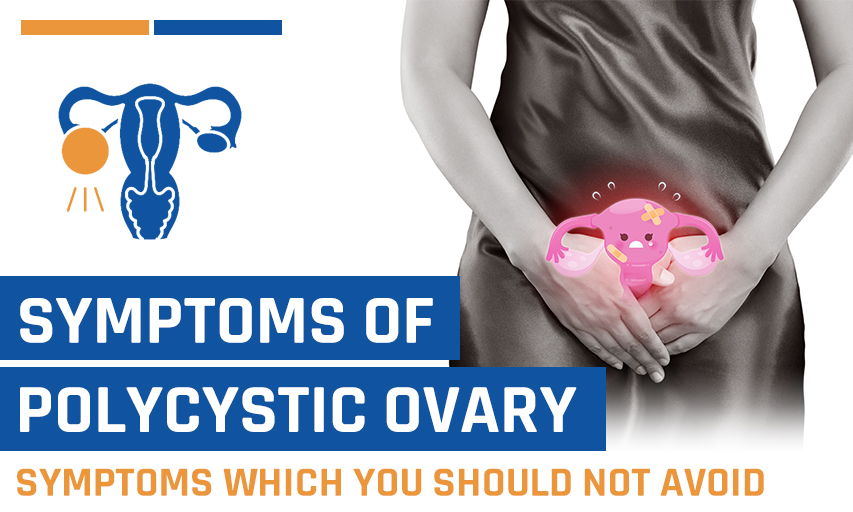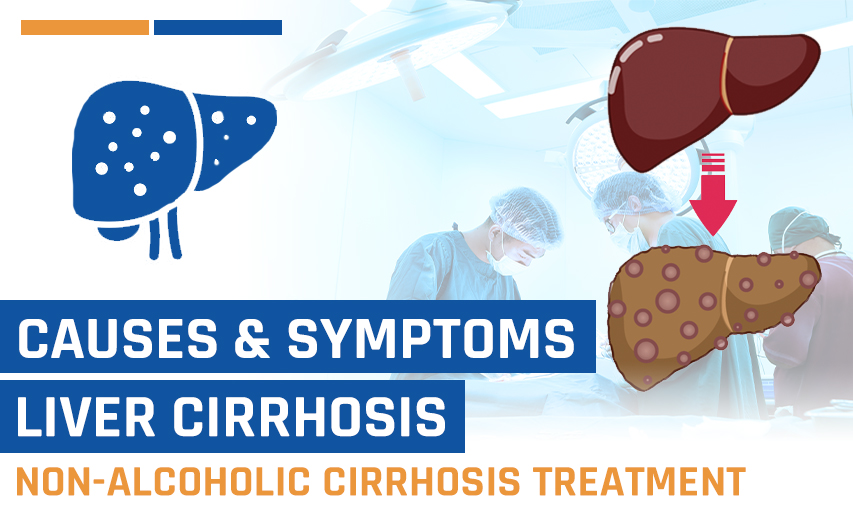Is it Possible to Treat Phimosis With Medicines or Surgery?
Have you been diagnosed with phimosis and are wondering whether it is possible to be treated with medications or if you need surgery? Phimosis can be classified into two types: one type resolves with age, while the other is pathological and presents phimosis symptoms such as pain, difficulty in urination, and issues during sexual intercourse. Most boys are born with a naturally tight foreskin, which typically loosens over time without treatment. Therefore, medical intervention is usually not recommended unless the condition persists beyond puberty or causes any significant problems. When treatment is necessary, doctors often start with non-surgical options such as steroid creams, stretching exercises, and lifestyle modifications. There are several effective home remedies and conservative treatments available, which make surgery a last resort in most cases.
If you're still wondering whether phimosis can be treated with medication alone, the answer depends on the severity of your condition. While mild to moderate cases often respond well to conservative treatment, more severe cases may require surgical intervention, such as circumcision, to prevent complications such as painful urination, sexual dysfunction, or recurring infections.
It's important to consult a doctor for an accurate phimosis diagnosis and personalised treatment plan. If an infection is present, antibiotics or antifungal ointments may be prescribed. In combination with gentle foreskin retraction and topical steroid creams, these measures can help resolve the condition without surgery.
What are the Non-surgical & Medication Treatments for Phimosis?
If you’re wondering whether phimosis can be treated without surgery, the answer is often yes, especially in mild to moderate cases. The following non-surgical treatments include medications, topical ointments, and lifestyle habits that can help relieve the phimosis symptoms and improve foreskin flexibility:
■ Steroid cream:
One of the most commonly recommended treatments for phimosis is the use of topical steroid creams. These creams help reduce inflammation and gradually loosen the tight foreskin. Your surgeon may also prescribe a corticosteroid ointment such as betamethasone or hydrocortisone to be applied directly to the affected area. Gently stretching the foreskin during application improves effectiveness. These creams should be typically used twice daily for 6–8 weeks or as recommended by your phimosis doctor to see noticeable improvement during this time.
■ Phimosis cream:
Another option is a medicated cream or ointment that your doctor is going to suggest for your phimosis. These are specialised medicated ointments that contain mild steroids, like fluticasone propionate, triamcinolone, or betamethasone, formulated specifically to treat phimosis. When combined with gentle foreskin stretching exercises as advised by your doctor, these creams help soften and loosen the skin over time. Applying the cream multiple times a day for several weeks can improve flexibility and reduce phimosis symptoms.
■ Coconut oil:
Coconut oil is a great home remedy if you are thinking about whether phimosis is it possible without visiting any doctor. You can apply coconut oil to the penis and carefully stretch and retract the foreskin while pouring warm water on it at the same time. Lubrication with coconut oil prevents the foreskin from overstretching while helping it to ease up a little.
■ Castor oil:
Due to its thick, viscous texture, castor oil can deeply moisturise and soften the foreskin. Regular use can help reduce tightness and make retraction less painful. Apply a small amount of warm castor oil to the foreskin daily, preferably before gently stretching it. While it’s a home remedy, it should be used cautiously, and never force the foreskin if it's painful.
■ Antibiotics for Phimosis:
In some cases, upon diagnosis, one of the major phimosis causes phimosis turns out to be a bacterial or fungal infection, which necessitates medications to treat the underlying conditions. Since treating the underlying infection would automatically provide relief from phimosis, your urologist may prescribe you some antibiotics or antifungal medications, oral or topical, to be taken with a glass of water. For instance, flucloxacillin is an oral medicine, whereas clotrimazole is a topical medicine prescribed for phimosis. It is recommended to not take any medications without a prescription from your doctor.
What are the Different Types of Phimosis Surgery in India?
If other treatments don't work, don’t worry about phimosis is it possible to be treated with surgery? Because it is! Here are some surgical procedures that can fix your phimosis permanently:
■ Circumcision:
In cases where non-surgical treatments are ineffective or if phimosis is severe, a surgical removal of the foreskin might be recommended. Circumcision is a permanent solution that resolves the issue, but is considered the last resort after all other treatments have been explored. Circumcision is widely available in India, including laser-assisted options that reduce bleeding and improve healing time.
■ Preputioplasty:
Preputioplasty is a less invasive phimosis medical procedure that involves making a small incision or a series of incisions in the foreskin to widen the opening without removing the entire foreskin. It is the ideal procedure for those who want to retain their foreskin while getting rid of phimosis for some relief. This procedure is very popular in India due to its conservative and foreskin-preserving nature.
■ Dorsal Slit:
A dorsal slit is a surgical procedure in which a vertical incision is made in the dorsal surface of the foreskin to resolve severe phimosis problems and alleviate constrictions. It is often recommended in emergency cases, such as when phimosis leads to painful urination, infections, or paraphimosis.
For persistent or complicated cases, you should refer to a urologist or specialist immediately, and they will suggest a personalised treatment plan based on the intensity of your condition after a comprehensive evaluation to give you a result-oriented & safe treatment.
Why Choose Phimosis Treatment in India?
India has become a preferred country for both local and international patients looking for affordable, effective, and advanced phimosis treatment. Whether you're considering non-surgical or surgical options in India, a wide range of procedures are offered. Here’s why getting phimosis treatment in India is a smart choice:
1. Affordable Cost of Phimosis Treatment
One of the advantages of getting phimosis treatment in India is the cost-effectiveness of the treatments in this country. Medical procedures, including circumcision, preputioplasty, and dorsal slit surgeries, are offered at a fraction of the cost here compared to many Western countries—without compromising on quality. Even non-surgical treatments, including doctor consultations and prescribed medications, are reasonably priced.
2. Access to Internationally-trained Urologists and Surgeons
India is home to highly experienced and internationally trained urologists who specialise in treating urological conditions like phimosis. From initial phimosis diagnosis to surgical intervention, you receive your treatment from surgeons who are well-versed in both traditional and advanced treatment approaches.
3. Advanced Medical Technology
The hospitals and clinics in India use modern equipment and surgical techniques, such as laser circumcision, which offer the best results, minimal bleeding, faster recovery, reduced pain and discomfort and a lower risk of infection. Advanced diagnostic tools also ensure an accurate assessment of the condition, helping doctors recommend the most suitable treatment.
4. Wide Range of Treatment Options
India provides a comprehensive spectrum of treatments, including non-surgical options like steroid creams, antifungal medications, and stretching therapies. Surgical procedures such as circumcision, preputioplasty, and dorsal slit allow patients to choose a treatment based on their personal preferences, severity of the condition, and budget.




















Be First To Comment
Leave a Comment